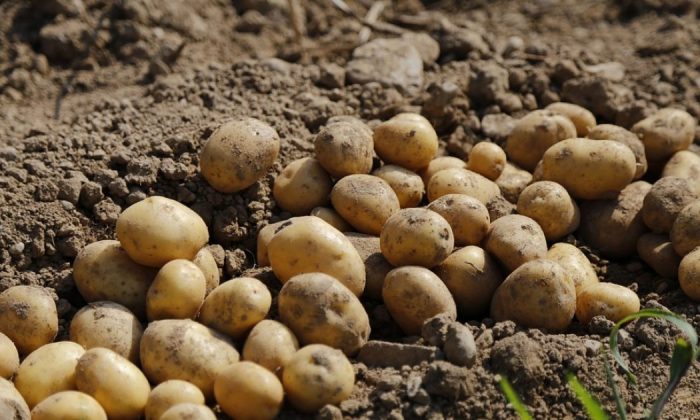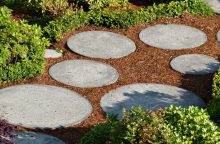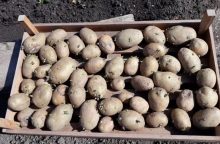How to care for potatoes after planting

So, all tubers are in the ground and now you just wait until the harvest comes in the fall! Unfortunately, that is not true. You still have a long way to go from planting to the final harvest. You do not need to be a rocket scientist to know that, depending on the size of the area you planted, you will be doing a hard work – during the harvest mainly. All you need is a hoe and your own physical strength. In this article we shall tell you about the care you should provide – after potato planting.
Soil
When planting potatoes, you should know that the subsequent care also includes covering potatoes with a sufficient amount of soil. That is why you should plant them in rows about 70 centimetres apart. Individual plants should be about 30 centimetres apart.
Make sure to keep the soil loose. There are two basic reasons: loose soil absorbs moisture better, and by loosening the soil you destroy weeds that could compete with your potato plants.
Digging potatoes
The first time you should loosen the soils is as soon as small potato plants emerge. The second time you do that when you covering plants with additional soil. This activity is called hilling and it needs to be repeated about two to three times during the growing season (usually in 7 to 10 days, depending on how fast the weeds take over your potato plants). After the last hilling, the row should be 20 to 30 centimetres high. The hilling process supports the formation of underground rhizomes, which increases the overall yield. The last time you should loosen the soil is when buds starts to form.
To water or not to water?
If the weather is not very dry, there is no need to water immediately after planting. The first watering is especially important when buds begin to form because during this period, underground tubers develop. After that you may water once a week. That should be enough. Pour water between individual rows so that the potatoes have time to dry before the night comes. Do not water when the sun is too strong and do not use cold water from a water well or faucet. Use rainwater if you can (if you do not have enough rainwater, use water that has been sitting for some time).
Preview photo: Pixabay

Gardening is my hobby, I have a lot of experience and I am happy to share it.








0 comments